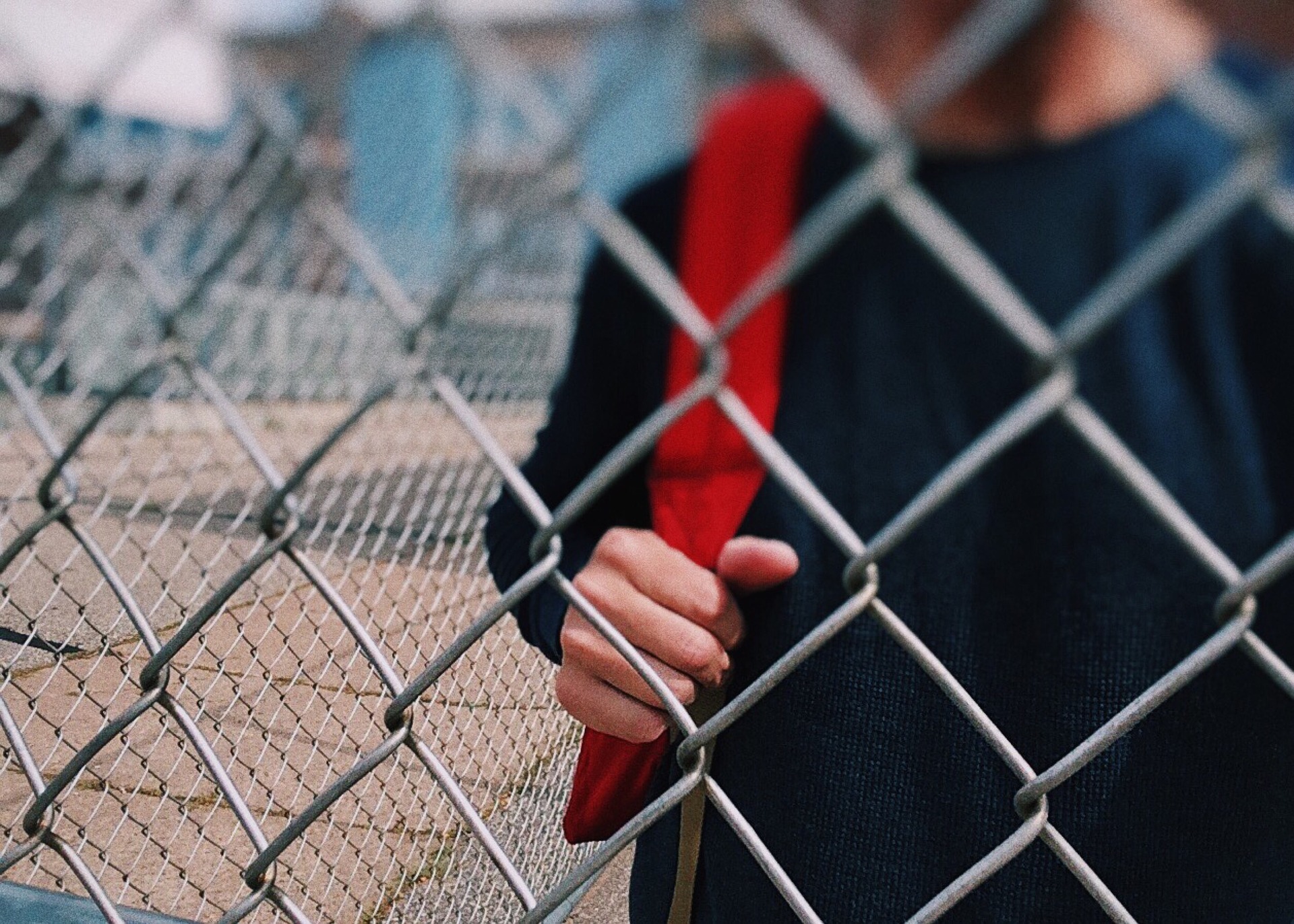JJDPA is the Juvenile Justice Delinquency and Prevention Act. After sitting for more than a decade without authorization, it passed the House last week and now moves on to the Senate.
Originating in the Education and Workforce Committee, it’s touted as a big progressive reform. And it is — in fact, it does far more for young people who are incarcerat ed than this year’s federal education package, the Every Student Succeeds Act (ESSA). There are reasons to cheer for the new statute, but it still doesn’t do enough to ensure that kids who are locked up have the high-quality education experiences that they need in order to return to their communities as productive participants.
ed than this year’s federal education package, the Every Student Succeeds Act (ESSA). There are reasons to cheer for the new statute, but it still doesn’t do enough to ensure that kids who are locked up have the high-quality education experiences that they need in order to return to their communities as productive participants.
The Committee factsheet lays out the four general sections of the bill:
- provisions to ensure the continuity of young people’s education while incarcerated;
- clear guidance and directions for states and localities on how to reduce racial and ethnic disparities among incarcerated youth;
- better reporting of important juvenile justice metrics to the Office of Juvenile Jus
tice and Delinquency Prevention; - and provisions to ensure accountability in the use of federal resources devoted to juvenile justice initiatives.
(Unrelated to education, it also refines and strengthens important protections for children detained in the juvenile and adult systems by clarifying a number of judicial and correctional regulations and procedures.)
That first bullet point: “provisions to ensure the continuity of young people’s education while incarcerated” is both promising and disappointing. In fact, this statute doesn’t do much more than most of us probably assumed was already a well-established minimum standard.
First, the statute requires that juvenile justice agencies coordinate with education agencies so that education agencies can comply with their federal mandates — mostly those obligations laid out in ESSA. It goes on to require the same timely records transfer we see in ESSA, but it adds the transfer of earned credits, and the right to apply those credits towards high school graduation. This might sound straightforward — and it is — the important point is that it’s new.
If passed, this would serve to close some of the loopholes of ESSA and the gaps in state statutes. For example, even if a juvenile justice school awards credits, most state laws give districts and LEAs the discretion to decide whether to accept those credits and make their own determination of whether the credit counts towards the course tally for graduation. Inevitably, this means that some students who complete required courses while incarcerated are told that their credits won’t be accepted at all or that they’ll only be counted as “elective” credits. Ending this practice will keep kids in school and on track towards graduation, but the implementation of these sections will require education agencies to cooperate, even though there’s no currently corresponding requirement in ESSA.
It also requires that agencies use education outcomes (among others) as a measure of success when evaluating their juvenile justice programs — not just recidivism rates. The language of the JJDPA also wraps education remediation services into the definition of “juvenile delinquency programs.” Full federal recognition that education is a fundamental dimension of a high-quality juvenile justice system is the right step. The next one is to ensure that all students have full access to high-quality education programs when they are incarcerated. We’re not there yet, but JJDPA gets us closer.
